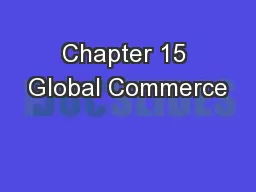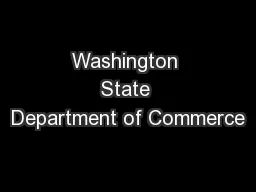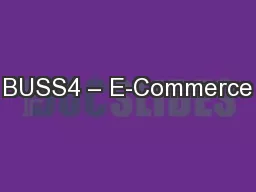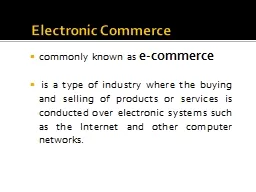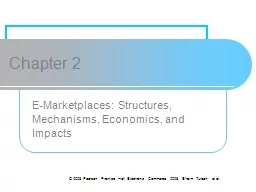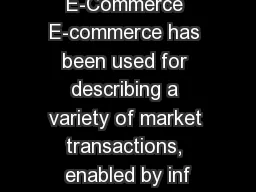PPT-Chapter 15 Global Commerce
Author : min-jolicoeur | Published Date : 2018-09-19
AP World History Notes Time Period 1450 1750 Europeans and Asian Commerce European countries that got involved in Asian commerce first the Portuguese then the
Presentation Embed Code
Download Presentation
Download Presentation The PPT/PDF document "Chapter 15 Global Commerce" is the property of its rightful owner. Permission is granted to download and print the materials on this website for personal, non-commercial use only, and to display it on your personal computer provided you do not modify the materials and that you retain all copyright notices contained in the materials. By downloading content from our website, you accept the terms of this agreement.
Chapter 15 Global Commerce: Transcript
Download Rules Of Document
"Chapter 15 Global Commerce"The content belongs to its owner. You may download and print it for personal use, without modification, and keep all copyright notices. By downloading, you agree to these terms.
Related Documents

